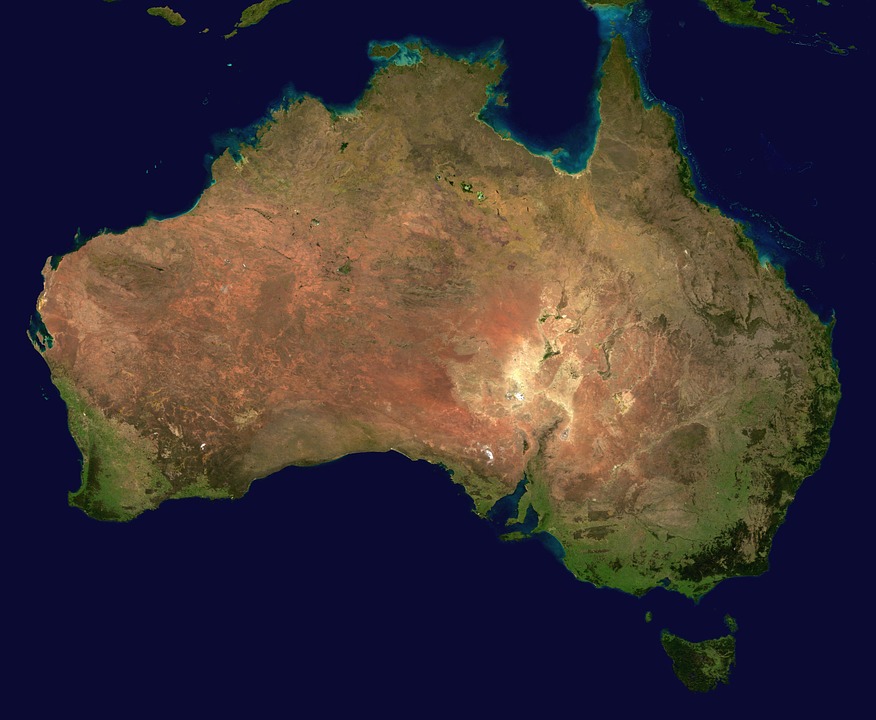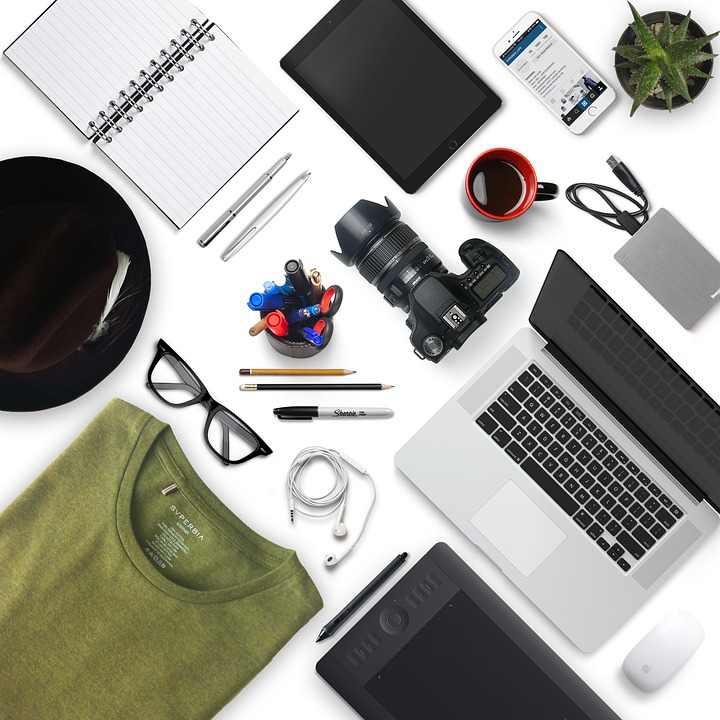Get Inspiration By Taking a Trip to Australia
When it comes to visiting Australia, there are a number of incredible places worth exploring. From the skylines of Sydney to the wild beauty of Tasmania and the incredible coastlines found around Queensland, Australia as a whole has a lot to offer every kind of traveler and photographer. However, after visiting Australia multiple times over the last 10 years, it is safe to say that the Northern Territory (often called the NT for short) has quickly become one of my favorite destinations in the land of Oz. Covering a vast array of land (1.421 million KM), the NT contains some of Australia’s most impressive sights and experiences. With amazing wildlife opportunities around World-Heritage listed Kakadu National Park and impressive waterfalls and wading pools at Litchfield National Park – and with the historical and spiritual significance of places like Uluru in the Red Centre, the NT is a photographer’s paradise that shouldn’t be missed. That is why I have put together this extensive guide to help you plan your own photographic adventure! When to Visit Trying to decide when to visit the NT is not as straightforward as one might think. This is because the Northern Territory is large, covering ground from Uluru in the Red Centre all the way up above the city of Darwin in the far north of Australia. In order to truly be accurate, we must break the NT into two main sections, the Top End and the Red Center. The best time to visit either region can vary, even if just slightly, depending on the focus of your trip and what you hope to experience. Top End When compared to the Red Centre, the Top End is certainly the more tropical of the two. It is home to the bustling northernmost city of Darwin, incredible national parks (Kakadu, Nitmiluk & Litchfield) and neighboring Arnhem Land which, which is protected Aboriginal land, full of some incredibly rich Aboriginal cultural sites and experiences. The Green Season From November through April, you will find the Top End in the “wet season”. With its tropical climate, you can expect a good amount of rainfall and humidity. Temperatures range from 77 to 95 degrees Fahrenheit, along with a relatively consistent humidity of 80 percent and above. However, with the rains, you will also find incredibly lush landscapes, waterfalls at full-flow and impressive lightning storms that would make any adventurous photographer smile. Most roads are still open but you should check local reports for any road closures because of the weather. Moving companies Phoenix The Dry Season From May to October, the Top End experiences its “dry season”. Here you will find temperatures from 70 to 90 degrees Fahrenheit, but a much dryer heat. Because of this, you can expect the dry season to be the busiest months of the year to visit this part of the NT, especially from June through August. Here you will find plenty of festivals, events, and outdoor activities to keep you busy, such as the Darwin Festival, Mindil Markets and Deckchair cinema. The shoulder season of September and October typically offer smaller crowds and more lodging availability as schools in Australia begins to start back up and domestic tourism starts to slow down a bit. The Red Centre As the heart of Australia, the iconic Red Centre is home to deserts, mountains, gorges and incredibly beautiful spiritually significant sites. Popular locations within the Red Centre include Uluru, Kata Tjuta (both of which lie within Uluru-Kata Tjuta National Park), Kings Canyon in Watarrka National Park, West MacDonnell Ranges and Alice Springs (the second largest town outside Darwin in the NT). What About the Temperature Swing? While you often don’t have to worry about rain in the Red Centre, the temperature swing can be pretty incredible. In the summer, you can see temperatures rise above 104 degrees Fahrenheit (40 degrees C) while winter nights can often dip below 32 degrees Farenheight (0 degrees C). Humidity can also swing fairly heavily with 18 percent in September and up to 35% during the winter months of June and July. The Best Time to Visit When I asked locals, I was consistently told that April through September was what I should plan for when it came to planning a return trip. It is warm – but not too warm – and the weather is a bit more predictable. That being said, seeing a lightning storm over Uluru in January would be pretty incredible! How to Get There The vast majority of land found within the NT of Australia is uninhabited, known as “the bush”. This is the true Australian Outback you have read about. With its vast stretches of open space in the NT, air travel is the faster and more direct mode of transportation I often recommend. That being said, self-driving between the Top End and the Red Center is pretty popular, especially considering that NT has some of Australia’s most epic tourist driving routes. The three main airports in the NT are… Ayers Rock (AYQ) Nearest to Uluru-Kata Tjuta National Park, Ayers Rock Airport is essentially located in the heart of the Red Center. This relatively small regional airport is well built, comfortable and a great starting point to visit some of Australia’s most iconic and import rock formations to the Aboriginals, such as Uluru and Kata Tjuta. Alice Springs (ASP) Alice Springs is the second largest town in the Northern Territory with a population of more than 25,000. The town itself is surrounded by deserts and mountains, including the famous MacDonnell Ranges, making it an ideal location for those keen on exploring and getting outside. The airport is small but spacious and allows for a number of daily flights in and out from a number of Australian destinations. Darwin (DRW) As the only international airport of the three, the Darwin airport is fairly large and full of just about all of the amenities you might need. If you aren’t planning on flying into Sydney, Melbourne, Brisbane...



Recent Comments